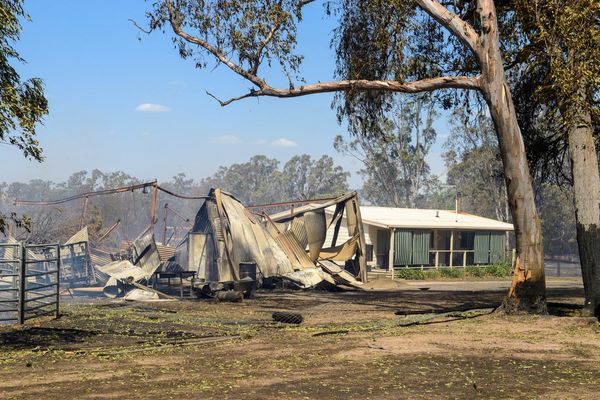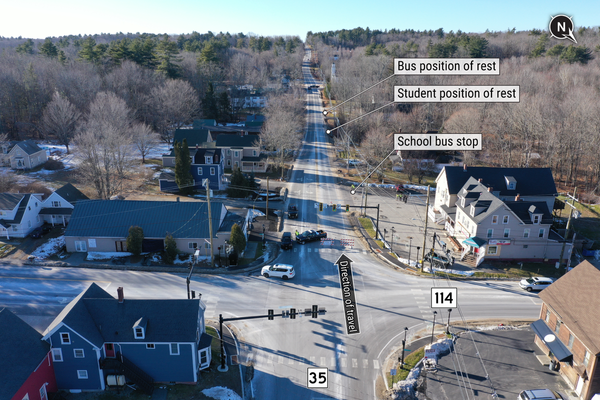
Travellers flying into the Bolivian capital of La Paz land in El Alto: a working-class, Indigenous city of countless terracotta houses. Most visitors pay it little attention as the taxi whisks them down to La Paz.
But this one-time satellite city has now outgrown the political capital – and many see it as a symbol of the country’s future.
One version of that future has taken shape in Altopía, a graphic novel that depicts El Alto in 2053, with today’s Indigenous traditions and cutthroat commerce combined with a flair for robotics and close ties to China.
Alejandro Barrientos and Joaquín Cuevas, the two artists behind the comic, first had the idea back in 2003, shortly after the “gas war”, when Alteños blockaded La Paz to protest against the government’s plan to export natural gas by pipeline through Chile. Security forces were sent in and killed 58 people.

The government fell, ultimately paving the way for Evo Morales and his Movement Towards Socialism to enter power two years later.
“The gas war was still very fresh in our minds, and El Alto had been its protagonist,” said Cuevas. “El Alto had a slogan back then: the City of the Future. They went around asking people how they imagined the city would be in 50 years – in 2053. And that was the origin of the idea.”
Plans to make an animation fell through, and Barrientos wrote a short story instead. Then the idea lay dormant for 20 years – until the pandemic provided the chance to revive it.
Meanwhile, El Alto has boomed. Its population has risen from about 650,000 to more than 1.1 million, driven by migration from the western highlands of Bolivia. The city is overwhelmingly Indigenous, especially Aymara, and young: more than half the population is under 25.
It is famous for its commerce and the vast sums of money supposedly flowing through its informal economy, which sees goods of every kind shipped from China and smuggled into Bolivia to be sold in one of the biggest open-air markets in the world.

The sheer speed of growth, and the way it has sucked in migrants from rural towns and thrown them into a metropolis, has created a city full of contrasts and fusions, with the hi-tech, lo-tech and traditional side-by-side.
“That’s what got our attention,” said Barrientos. “The velocity and the youth; the dynamism of politics and commerce.”

These elements play out in their imagining of El Alto in 2053, where Abel Plata, an orphan with a gift for robotics, works for the new Aymara elite – who in turn work for a giant Chinese conglomerate.
The minibuses that once clogged the streets have sprouted mechanical legs, and pick their way through crowds of people selling, dancing and protesting.
The self-taught tinkerers who made once rudimentary prosthetics now work on coca-chewing cyborgs.
And El Alto’s famous “cholets”– the flamboyant houses combining Andean elements with pop-culture fixations – have expanded from being three or four storeys to skyscrapers towering over the city. The parties within them count on holograms and robotic dancers.
But even if it’s plainly bigger and richer than the El Alto of today, the city depicted in Altopía has a distinctly post-apocalyptic feel to it.
Barrientos and Cuevas turn coy on the subject of the story’s wider world – and the fate of La Paz – not wanting to spoil the future volumes.
“Let’s just say El Alto has often been seen as in the shadow of La Paz,” said Barrientos. “But something radical has happened – and El Alto has risen.”
• This article’s main image was changed on 30 August 2022. An earlier image depicted La Paz, rather than El Alto, and incorrectly spelled the word flair as “flare”.







